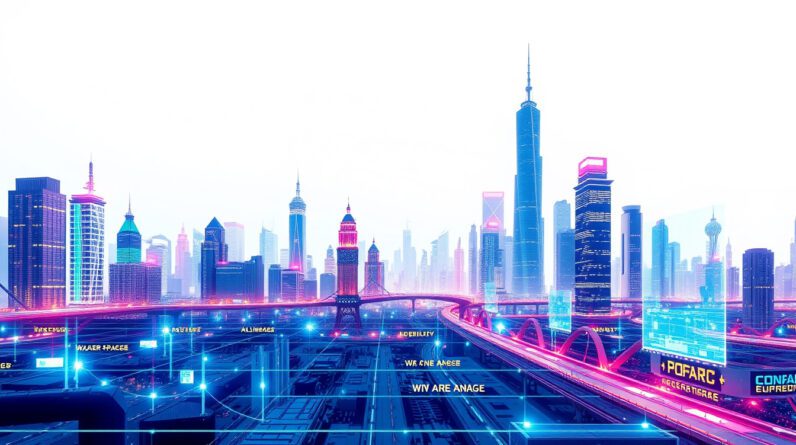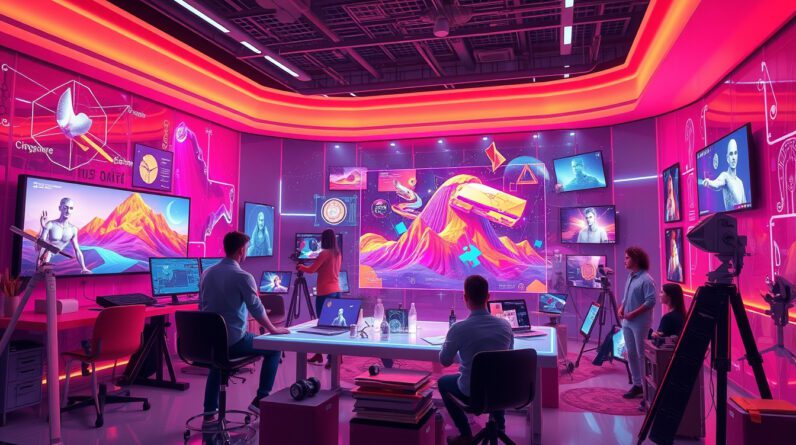
In an era where image authenticity is increasingly questioned, Google has unveiled its latest innovation: Imagen 4, a cutting-edge AI image generator that promises to change the way we think about digital visuals. This new version showcases remarkable advancements in generating highly realistic images, surpassing previous models in rendering textures and accuracy, particularly in areas like fur detail on animals and realistic reflections. However, with these advancements comes a growing concern: how do we differentiate between images created by artificial intelligence and real-life photographs?
To combat the challenge of distinguishing AI-generated content, Google has also introduced the SynthID Detector, a tool designed to help users identify such images through an embedded invisible watermark. Despite its promise to remain intact even after modifications, questions linger about user engagement with detection tools, as skepticism towards image authenticity becomes essential in this new landscape. Explore the implications of Imagen 4 and the innovative solutions being developed to address the complexities of AI-generated content.

Takeaways
- Google Imagen 4 significantly enhances the realism of AI-generated images by improving texture rendering and text generation.
- To combat deception, Google has introduced the SynthID Detector, a tool that uses invisible watermarks for identifying AI-generated content.
- The rise of lifelike AI visuals necessitates greater skepticism and verification from users regarding image authenticity.
Advancements in Google Imagen 4: Realism Redefined
In the rapidly evolving world of artificial intelligence, Google has once again pushed the boundaries with the introduction of Imagen 4, the latest iteration of its AI image generator. This new version showcases remarkable improvements, particularly in the realm of realism, addressing the long-standing challenges associated with AI-generated visuals. Imagen 4 excels in producing hyper-realistic textures, including intricate details like the softness of animal fur and the play of light in reflections. Such advancements not only enhance the aesthetic appeal of the images but also expand their practicality across various applications, ranging from creating unique greeting cards to illustrating dynamic comic scenes. However, as these AI-generated images become increasingly convincing, concerns surrounding the authenticity and identification of such content emerge. To combat this, Google has rolled out the SynthID Detector, an innovative tool currently in beta that employs an invisible watermark embedded within the images. This watermark is designed to remain intact even through alterations, providing a reliable means for users to distinguish between AI-created and real images. Despite its promising potential, the efficacy of the SynthID Detector largely depends on user engagement, raising questions about how frequently individuals will leverage detection technologies in a society accustomed to swift sharing and consumption of visual content. In tandem with Google’s efforts, other organizations and collaborations, such as the Content Authenticity Initiative and Hive AI, are also working towards creating frameworks for verifying the authenticity of images. Ultimately, the dual approach of enhancing AI capabilities while promoting identification tools signals a critical shift in the landscape of digital imagery, emphasizing the growing need for users to cultivate a discerning eye toward the visual narratives they encounter.
Addressing the Challenge of AI-Generated Content Identification
As AI technology continues to evolve, the implications for content authenticity become increasingly significant. The emergence of tools like the SynthID Detector highlights the importance of technology in mitigating the risks associated with misleading images. This invisible watermarking technique integrates seamlessly into the image creation process, representing a proactive measure to protect consumers and audiences from deception. Yet, the effectiveness of such initiatives hinges on their adoption by the public—will users take the time to verify an image’s authenticity when faced with the overwhelming volume of content shared daily? The challenge lies not only in developing smarter identification tools but also in fostering a culture of critical engagement with digital media. Collaborative efforts from organizations such as the Content Authenticity Initiative and Hive AI demonstrate a collective recognition of this challenge, working towards standardizing verification processes across platforms. Ultimately, as AI-generated visuals rise in sophistication and realism, the responsibility to discern truth from illusion must also evolve, prompting users to be more vigilant in their visual consumption.




